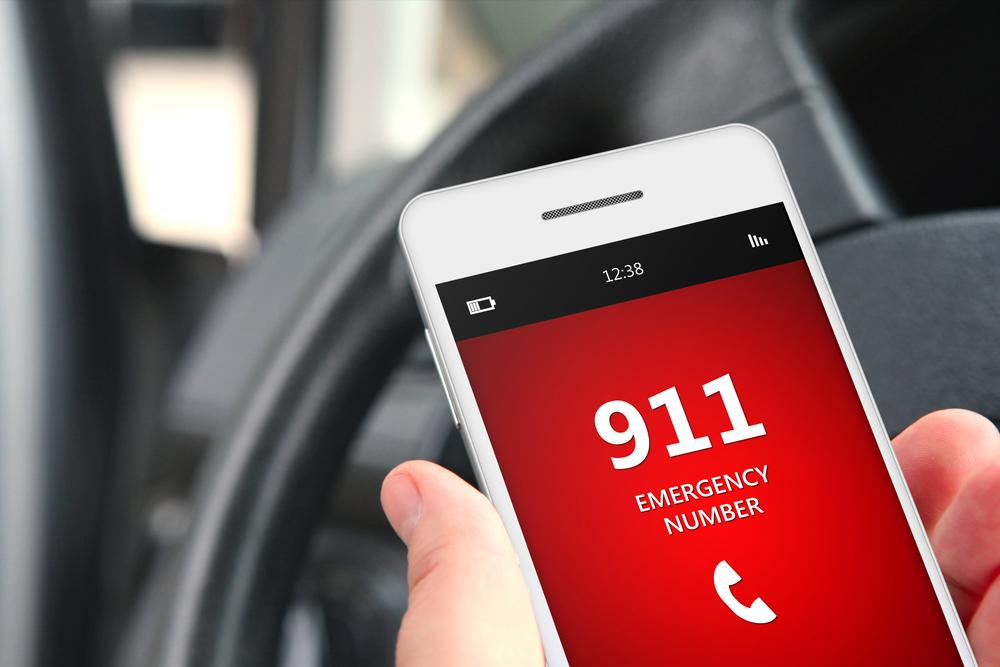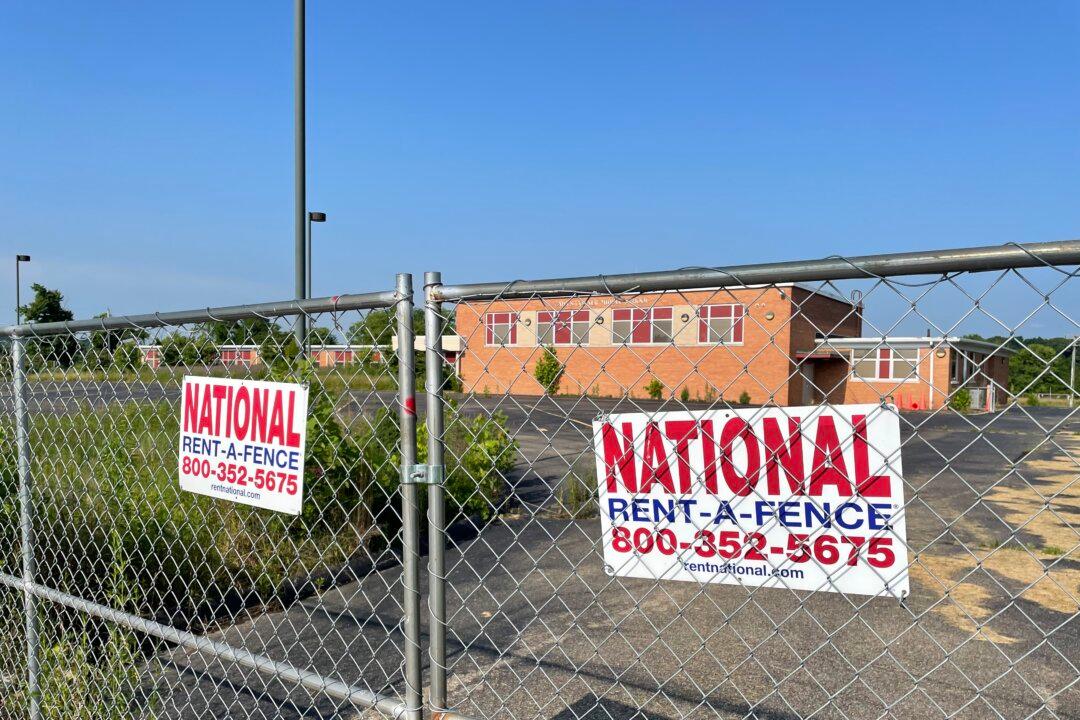For more than a decade, there has been a push to upgrade the country’s 911 call centers from analog- to digital-based systems, which would allow callers to send and receive text messages, videos, geolocations, and other data to and from emergency dispatchers.
Progress on that push has been slow, but could receive a major boost under the latest version of the House infrastructure measure. The $1.75 trillion Build Back Better reconciliation legislation, released on Oct. 28, would include roughly $500 million in funding to digitalize emergency call systems—transforming them into what’s referred to as “Next Generation 911.”




